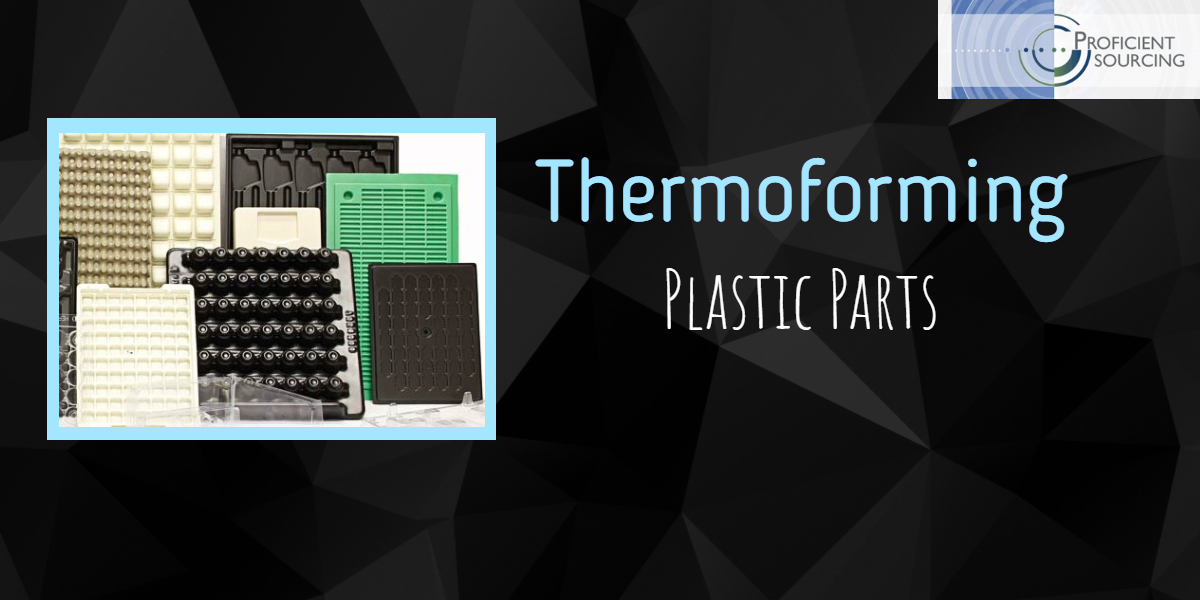
Most businesses use plastic components and perhaps packaging. Thermoforming is a most common technology for such items, and we have an excellent source.
While these products helps your company function and succeed, do you know how exactly that item was crafted? Below is our source’s summary that very briefly explains the plastic fabrication process.
How Does the Thermoforming Process Work?
Initial Stages
Before a model is made, you’ll create a 3-D design using computer-aided design (CAD) software. This digital mock-up allows designers to troubleshoot potential weak areas in the component. They can later show this to their customers, who will communicate their suggestions to optimize the custom plastic product. Once the customer settles on a design and color scheme, the designers will select the best material for the application. Based on the design, the fabricator will create a mold that will allow the customer to create as many components as they need, without room for errors.
Production
After preparation, the thermoforming process begins. Essentially, a sheet of plastic is heated until it’s malleable. Then, it’s shaped to the mold using a vacuum or air pressure. It’s later cooled until it’s safe to remove from the mold, and it’s trimmed to remove any excess material. In this stage, the components can also be fitted with holes for screws or notches to connect to other parts. Lastly, the designer applies cosmetic paint, and the product is finally ready for use by your business.

